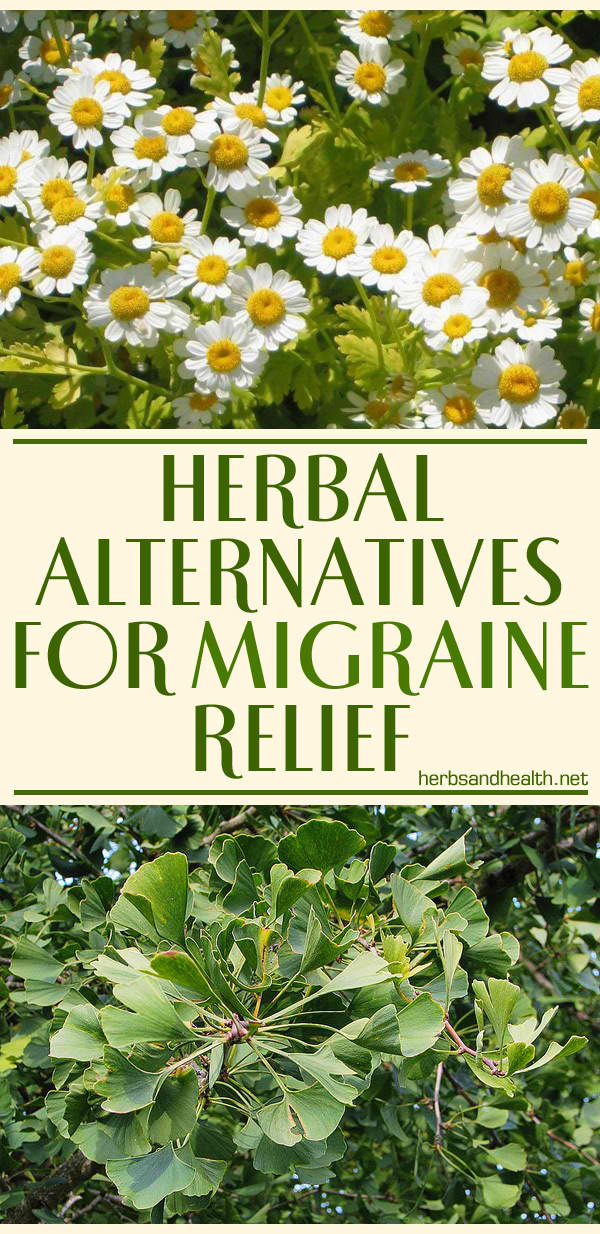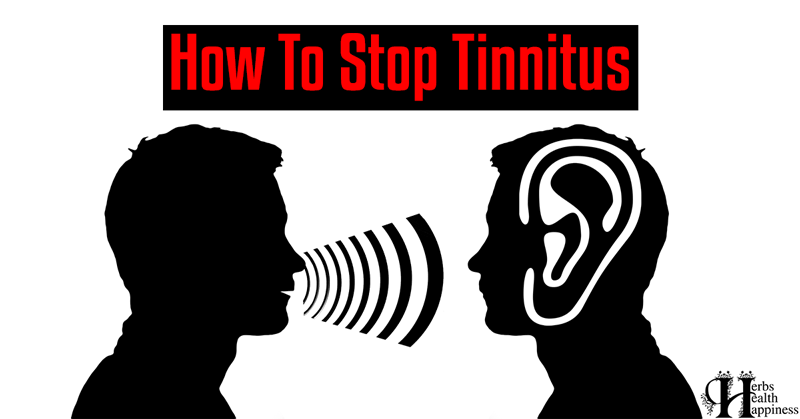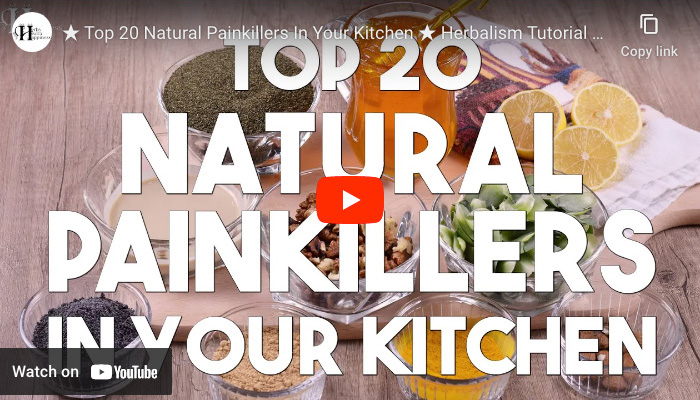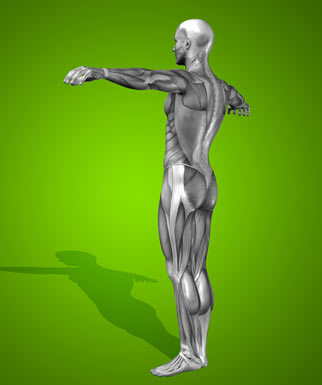Please follow us on Telegram to be sure to receive our latest posts!

Graphic © herbs-info.com Photos – Wikipedia 1 2 – lic. under CC 2.5
Nobody likes having a migraine and the severe pain it brings, not to mention the possible inconvenience that can ruin an almost perfect day. Migraine is a debilitating headache so common that 27.9 million people in the United States as of 1999 suffered from it, with approximately 23% of households having been reported to have at least one member going through a migraine episode. [1] An updated statistic from government health surveillance studies indicated that the prevalence of migraine has remained quite constant from 2005 to 2012, with 20.2% and 9.4% as prevalence rates for females and males, respectively. Based on a 2015 study published on the journal Headache, in general, one out of every seven Americans is affected by migraine. [2] According to a 2001 study that analyzed data from the American Migraine Study II, the disability linked to migraine continues to be persistent and extensive, causing at least 50% reduction in work or school productivity. [1]
Why Does Migraine Happen?
Migraine occurs as a result of changes and disturbance in some modulatory systems of the brain and mainly involves altered control of nerve fiber. [3] The second edition of the International Classification of Headache Disorders described migraine as repeated episodes of unilateral, throbbing headache that lasts for 4–72 hours and worsens by movement, which may be accompanied by either nausea and vomiting or light sensitivity and phonophobia (fear of loud sounds). [4]
What Are The Current Treatments For Migraine?
Certainly, all migraineurs (i.e., individuals who suffer from migraine headaches) would agree that the ideal anti-migraine remedy should rapidly and efficiently exert its action with few side effects at a minimal cost. Specific migraine treatments comprise triptans and ergot and its derivatives. [5] Triptans belong to a class of drugs that include sumatriptan, naratriptan, zolmitriptan, rizatriptan, almotriptan, eletriptan, and frovatriptan. They relieve migraines and other forms of headaches by binding to receptors in the brain to reverse the swelling of blood vessels. [6] However, like any drug, they produce side effects associated with the central nervous system such as mild sedation and dizziness. [5] Nonspecific pharmacological treatment on the other hand can consist of antiemetics, NSAIDs, and analgesics.
Herbal Therapy
There’s good reason why the use of herbal therapies to deal with headaches and migraine has steadily increased worldwide. Evidence from various studies has confirmed the effectiveness of a wide range of “complementary” and alternative medicines in the management of headache disorders. Efficacy and safety because of few side effects or their absence make herbs promising anti-migraine treatments. [7] Clinical studies evinced the potential of the following herbs as natural migraine remedies:
Butterbur
A 2006 systematic review provided evidence on the effectiveness of butterbur as an alternative option for migraine. The review included two randomized controlled trials that evaluated butterbur root extracts and involved 293 patients as study participants (60 and 233 patients, respectively). In both trials, the administration of butterbur extract at a high dose of 150 mg resulted in decreased frequency of migraine attacks and more responders reporting improvements greater than 50% following treatment over 3–4 months when compared with placebo. [8] A 2004 study also concluded that butterbur root extract given twice a day at a dose of 75 mg is more effective than placebo and is well tolerated as a preventive therapy for migraine. This randomized trial indicated a 48% and 36% reduction in migraine attack frequency over the course of 4-month treatment with the butterbur extract at doses of 75 mg and 50 mg, respectively. [9]
Feverfew
A 2015 review systematically accumulated positive evidence from double-blind randomized trials about the efficacy and safety of feverfew preparations for the prevention migraine. According to the Cochrane Database of Systematic Reviews, “feverfew extract is a herbal remedy, which has been used for preventing attacks of migraine.” The review included five trials of generally good methodological quality. One most recent trial had a more rigorous design and involved a larger group of study participants (218 subjects). It reported a reduction in migraine frequency due to feverfew from 4.8 attacks to 2.9 . [10]
Gingko Biloba
A 2009 multicentric preliminary trial reported the effectiveness of ginkgolide B, a constituent of extract from Ginkgo biloba tree leaves, in the treatment of migraine characterized with aura. This six-month study involved 50 women suffering from migraine with typical aura. According to the study, the ginkgolide B treatment significantly reduced the number of migraine attacks with aura and decreased decrease the average duration of migraine. It was notable that migraine was observed to totally disappear in 11.1% of patients during the first bimester and in 42.2% of patients during the second bimester, with no serious adverse events evoked. [11]
Other Treatments That Do Not Involve Medicines
When herbs or over-the-counter drugs do not suit one’s taste, you can try other effective forms of nonpharmacological treatment, including biofeedback, icepack, relaxation therapy, and yoga or medication. Visual imagery can be quite helpful in children also.
References:
[1] R. Lipton, W. Stewart, S. Diamond, M. Diamond and M. Reed, “Prevalence and burden of migraine in the United States: data from the American Migraine Study II” Headache vol. 41, no. 7, p. 646–657, 2001. https://www.ncbi.nlm.nih.gov/pubmed/11554952
[2] R. Burch, S. Loder, E. Loder and T. Smitherman, “The prevalence and burden of migraine and severe headache in the United States: updated statistics from government health surveillance studies” Headache, vol. 55, no. 1, p. 21–34, 2015. https://www.ncbi.nlm.nih.gov/pubmed/25600719
[3] P. J. Goadsby, “Pathophysiology of migraine” Annals of Indian Academy of Neurology vol. 15, no. Suppl 1, p. S15–S22, 2012. https://www.ncbi.nlm.nih.gov/pmc/articles/PMC3444225/
[4] Headache Classification Subcommittee of the International Headache Society, “The International Classification of Headache Disorders: 2nd edition” Cephalalgia vol. 24, no. Suppl 1, p. 9–160, 2004. https://www.ichd-3.org/wp-content/uploads/2016/08/ihc_II_main_no_print.pdf
[5] A. A. Kalra and D. Elliott, “Acute migraine: Current treatment and emerging therapies” Therapeutics and Clinical Risk Management vol. 3, no. 3, p. 449–459, 2007. https://www.ncbi.nlm.nih.gov/pmc/articles/PMC2386351/
[6] M. Helfand and K. Peterson, Drug Class Review: Triptans, Portland, Oregon: Oregon Health & Science University, 2009. https://www.ncbi.nlm.nih.gov/books/NBK47287/
[7] G. D’Andrea, S. Cevoli and D. Cologno, “Herbal therapy in migraine” Neurological Sciences vol. 35, no. Suppl 1, p. 135–140, 2014. https://www.ncbi.nlm.nih.gov/pubmed/24867850
[8] R. Agosti, R. Duke, J. Chrubasik and S. Chrubasik, “Effectiveness of Petasites hybridus preparations in the prophylaxis of migraine: a systematic review” Phytomedicine vol. 13, no. 9–10, p. 743–746, 2006. https://www.ncbi.nlm.nih.gov/labs/articles/16987643/
[9] R. Lipton, H. Göbel, K. Einhäupl, K. Wilks and A. Mauskop, “Petasites hybridus root (butterbur) is an effective preventive treatment for migraine” Neurology vol. 63, no. 12, p. 2240–2244, 2004. https://www.ncbi.nlm.nih.gov/pubmed/15623680
[10] B. Wider, M. Pittler and E. Ernst, “Feverfew for preventing migraine” The Cochrane Database of Systematic Reviews vol. 4, p. CD002286, 2015. https://cochrane.org/CD002286/SYMPT_feverfew-for-preventing-migraine
[11] G. D’Andrea, G. Bussone, G. Allais, et al., “Efficacy of Ginkgolide B in the prophylaxis of migraine with aura” Neurological Sciences vol. 30, no. Suppl 1, p. S121–124, 2009. https://www.ncbi.nlm.nih.gov/pubmed/19415441
😳 What Tinnitus Does To Your Brain Cells (And How To Stop It)
After 47 years of studies and countless brain scans done on more than 2,400 tinnitus patients, scientists at the MIT Institute found that in a shocking 96% of cases, tinnitus was actually shrinking their brain cells.
As it turns out, tinnitus and brain health are strongly linked.
Even more interesting: The reason why top army officials are not deaf after decades of hearing machine guns, bombs going off and helicopter noises…
Is because they are using something called "the wire method", a simple protocol inspired by a classified surgery on deaf people from the 1950s...
★ How To Get Rid Of Nail Fungus:
★ Does Your Salad Contain This Vegetable?
★ 20 Natural Painkillers In Your Kitchen (Video):
★ Men's Prostate Health:

2. Famous Chef Sheds 60lbs Researching New Paleo Recipes: Get The Cookbook FREE Here
3. #1 muscle that eliminates joint and back pain, anxiety and looking fat
4. 7 odd foods that KILL your abdominal fat (surprising fat-fighters)
5. The TRUTH about bread (Will surprise you!)
6. [PROOF] Reverse Diabetes with a "Pancreas Jumpstart"
7. Here's What Happens When You "Unlock Your Hip Flexors"
8. The #1 WORST food that CAUSES Faster Aging (beware -- Are you eating this?)
The #1 Muscle That Eliminates Joint And Back Pain, Anxiety And Looking Fat
By Mike Westerdal CPT
Can you guess which muscle in your body is the #1 muscle that eliminates joint and back pain, anxiety and looking fat?
This is especially important if you spend a significant amount of time sitting every day (I do, and this really affects me in a big way!)
Working this "hidden survival muscle" that most people are simply not training because no-one ever taught them how will boost your body shape, energy levels, immune system, sexual function, strength and athletic performance when unlocked.
If this "hidden" most powerful primal muscle is healthy, we are healthy.
Is it...
a) Abs
b) Chest
c) Glutes
d) Hip Flexors
Take the quiz above and see if you got the correct answer!
P.S. Make sure you check out this page to get to know the 10 simple moves that will bring vitality back into your life:
If you enjoyed this page:












